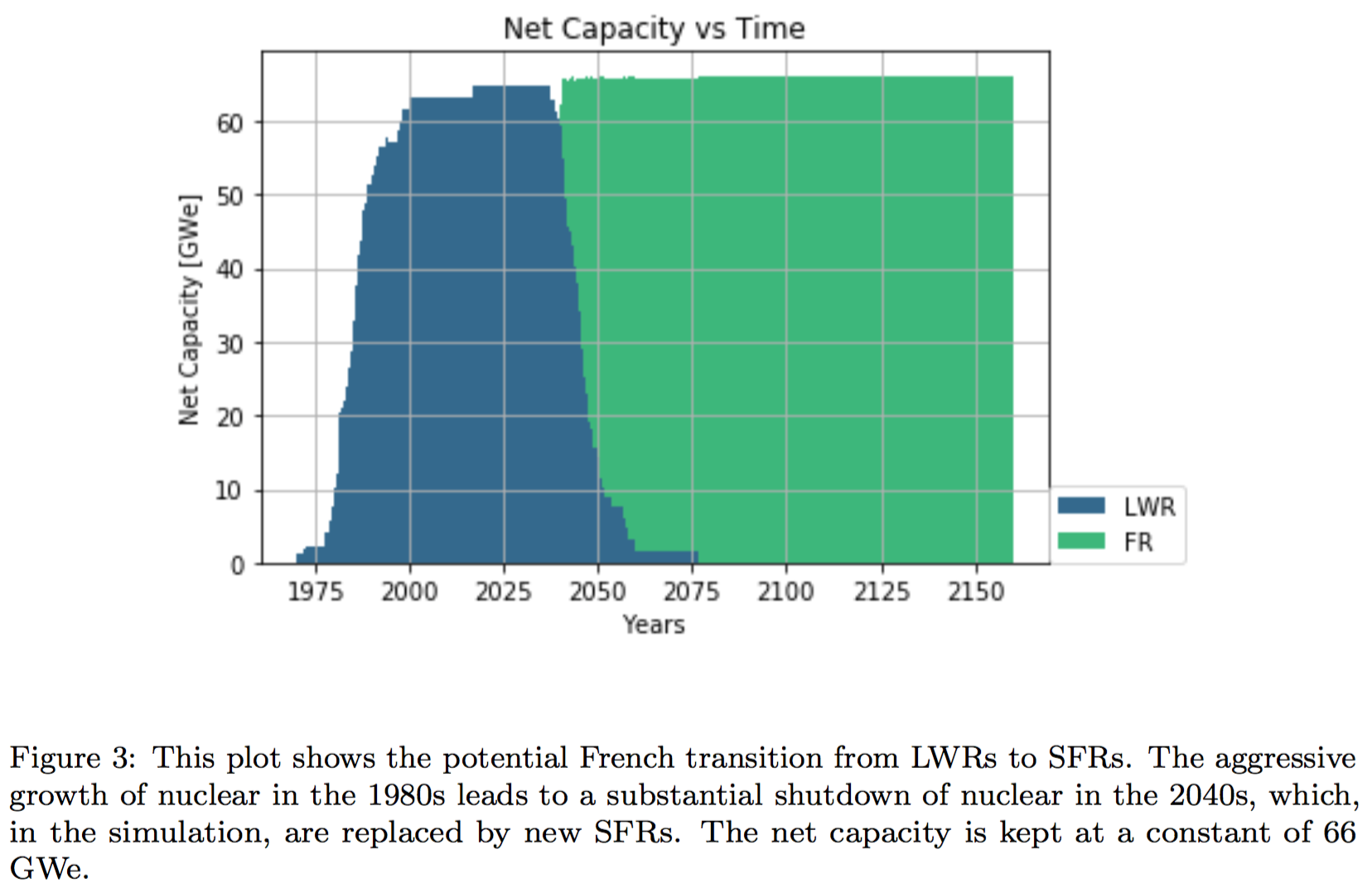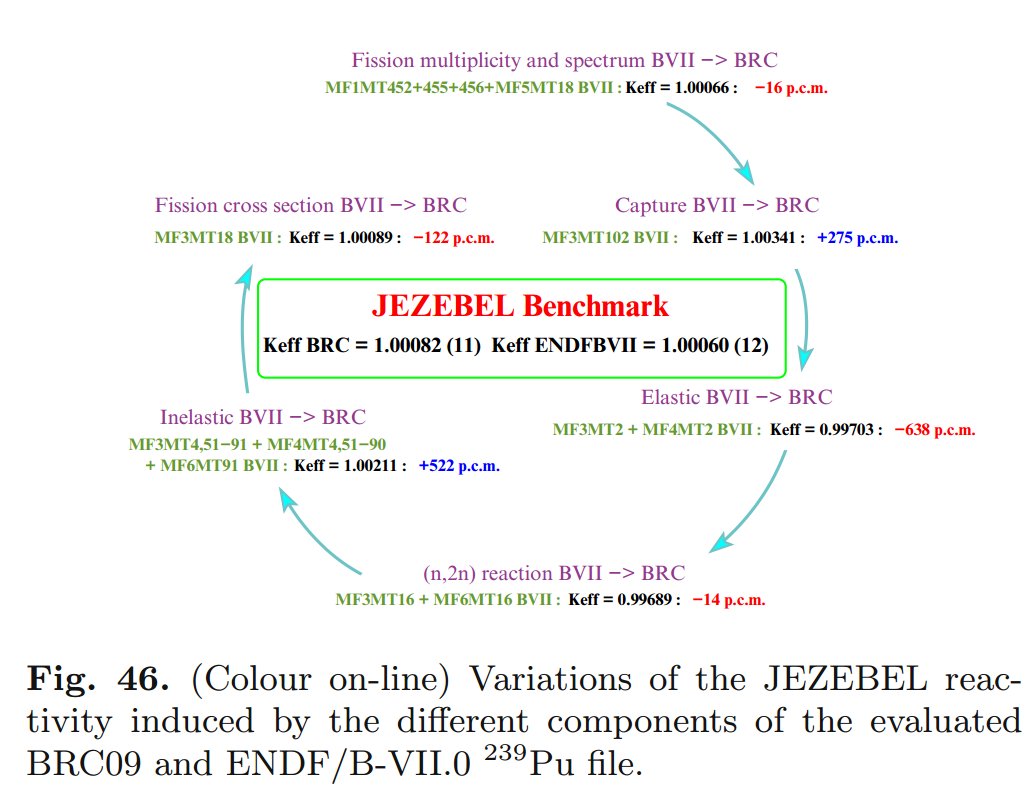

The generated man pages can be viewed using the man program.
Latex doxygen pdf#
To get the best results for PDF output you should set the PDF_HYPERLINKS tag to YES. Conversion to PDF is also possible if you have installed the ghostscript interpreter just type make pdf (or make pdf_2on1). If you do not have a PostScript printer, you can try to use ghostscript to convert PostScript into something your printer understands. The resulting PostScript file can be send to a PostScript printer. To put 2 pages on one physical page use make ps_2on1 instead. This file can then be viewed using xdvi or converted into a PostScript file refman.ps by typing make ps (this requires dvips). By typing make in the latex directory the dvi file refman.dvi will be generated (provided that you have a make tool called make of course). To simplify the process of compiling the generated documentation, doxygen writes a Makefile into the latex directory. The generated documentation must first be compiled by a compiler (I use teTeX distribution version 0.9 that contains version 3.14159).

For the best results a browser that supports cascading style sheets (CSS) should be used (I'm currently using Netscape 4.61 to test the generated output). The generated HTML documentation can be viewed by pointing a HTML browser to the index.html file in the html directory. If the output directory does not exist, doxygen will try to create it for you. The directory to which the output is written can be changed using the OUTPUT_DIRECTORY, HTML_OUTPUT, RTF_OUTPUT, LATEX_OUTPUT, and MAN_OUTPUT tags of the configuration file. The default output directory is the directory in which doxygen is started. As the names suggest these directories contain the generated documentation in HTML, RTF, and Unix-Man page format. To generate the documentation you can now enter:ĭoxygen will create a html, rtf, latex and/or man directory inside the output directory.
Latex doxygen code#
It can also include the sources directly into the documentation by setting INLINE_SOURCES to YES (this can be handy for code reviews for instance). Doxygen will generate such cross-references if you set the SOURCE_BROWSER tag to YES.
Latex doxygen software#
To analyse an existing piece of software it is useful to cross-reference a (documented) entity with its definition in the source files. Please note that as a consequence warnings about undocumented members will not be generated as long as EXTRACT_ALL is set to YES. Then, doxygen will pretend everything in your sources is documented. To do so, you must set the EXTRACT_ALL tag in the configuration file to YES. If you start using doxygen for an existing project (thus without any documentation that doxygen is aware of), you can still get an idea of what the documented result would be. java extension it is treated as a file written in Java. odl extension it is treated as an IDL file.

To omit all test directories from a source tree for instance, one could use:ĭoxygen normally parses files if they are C or C++ sources. To further fine-tune the list of files that is parsed the EXCLUDE and EXCLUDE_PATTERNS tags can be used. For recursive parsing of a source tree you must set the RECURSIVE tag to YES. Only files that match one of the patterns will be parsed (if the patterns are omitted a list of source extensions is used). If you have a larger project consisting of a source directory or tree you should put the root directory or directories after the INPUT tag, and add one or more file patterns to the FILE_PATTERNS tag (for instance *.cpp *.h). If you do not wish to edit the config file with a text editor, you should have a look at doxywizard, which is a GUI front-end that can create, read and write doxygen configuration files, and allows setting configuration options by entering them via dialogs.įor a small project consisting of a few C and/or C++ source and header files, you can leave INPUT tag empty and doxygen will search for sources in the current directory. See section Configuration for more details about the configuration file. You can probably leave the values of most tags in a generated template configuration file to their default value. It contains of a number of assignments (tags) of the form: The configuration file has a format that is similar to that of a (simple) Makefile. the minus sign) as the file name then doxygen will try to read the configuration file from standard input ( stdin). bak before generating the configuration template. If a file with the name already exists, doxygen will rename it to. If you omit the file name, a file named Doxyfile will be created. Where is the name of the configuration file.


 0 kommentar(er)
0 kommentar(er)
